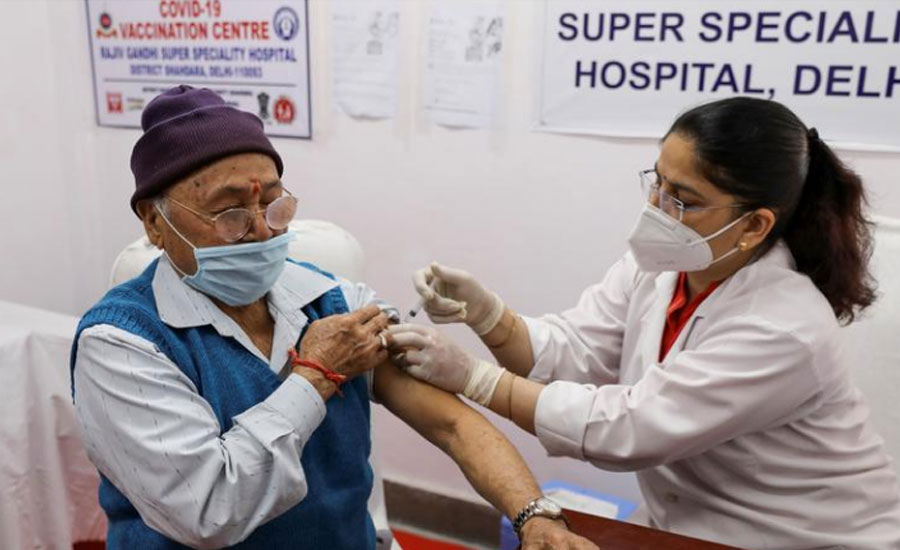India's next phase of virus crisis likely to be localised outbreaks

NEW DELHI (Reuters) - Experts say that the relatively low hospitalisation and fatality rates in India suggest the coronavirus pandemic is approaching its next phase - largely manageable local outbreaks.
Although a handful of states are reporting a spurt in infections, for a country of 1.35 billion people with limited health facilities and where the practice of wearing masks and social distancing is falling off, the positive trend, if it holds, will be a respite.
It could also help India keep its economy open without any national lockdown.
At more than 11 million, India has reported the highest number of cases in the world after the United States. A government survey suggests its actual cases may be around 300 million, as many young people showed no symptoms.
The death toll stands at 157,248.
Recorded cases have fall continuously since a mid-September peak, before again rising since early February.
Eight of 10 recent infections have been reported by five states, mainly Maharashtra and Kerala. Since a multi-month low in cases and deaths on Feb. 9, India’s case count has gone up but the fatality rate has fallen from 0.856% to 0.683% on Monday.
The overall rate for India is 1.4% and 2.2% for the world.
“In this phase, the emphasis has to be a lot more local, a lot of local capacities will be put to test,” he said.
“The positive thing - what’s being seen in Europe - is that as subsequent surges come, as the knowledge has improved, the management is better, both in terms of public health management as well as clinical care, and actually deaths go down.”
Dasgupta said the aim now should be to try and contain the virus within local clusters, instead of measures like inter-state curbs on travellers.
ENDEMIC VIRUS?
Government health official Vinod Kumar Paul told a news conference on Tuesday that India was nowhere close to attaining herd immunity through natural infection or vaccination, requiring states to continue their surveillance. India has so far inoculated more than 12 million people.
The health ministry, however, said 19 of India’s three dozen states and federal territories had not reported any deaths in the past 24 hours.
Hospitalisation rates have come down, especially in Maharashtra and Kerala that together account for three-quarters of India’s 168,627 active cases.
The number of people hospitalised in Kerala each day due to COVID-19 averaged 830 last week, while daily new cases averaged nearly 3,500.
The hospitalisation figure for seven days in mid-September, after the Onam festival which saw increased public gatherings in Kerala, was 2,940, compared with new cases of 3,973 in the same period.
Maharashtra’s health department told Reuters only 14% of its 77,000 active patients were in oxygen or intensive-care beds. More than 80% of such beds are now unoccupied, compared with a shortage a few months ago.
Health authorities must, however, remain vigilant, especially in the big cities, the experts said
“There will likely be another wave - likely will not be as big as the first wave because a lot of people got infected in the first round itself - so I think most metros should be ready for a second wave,” said Ramanan Laxminarayan, founder of the Center for Disease Dynamics, Economics & Policy in New Delhi.







